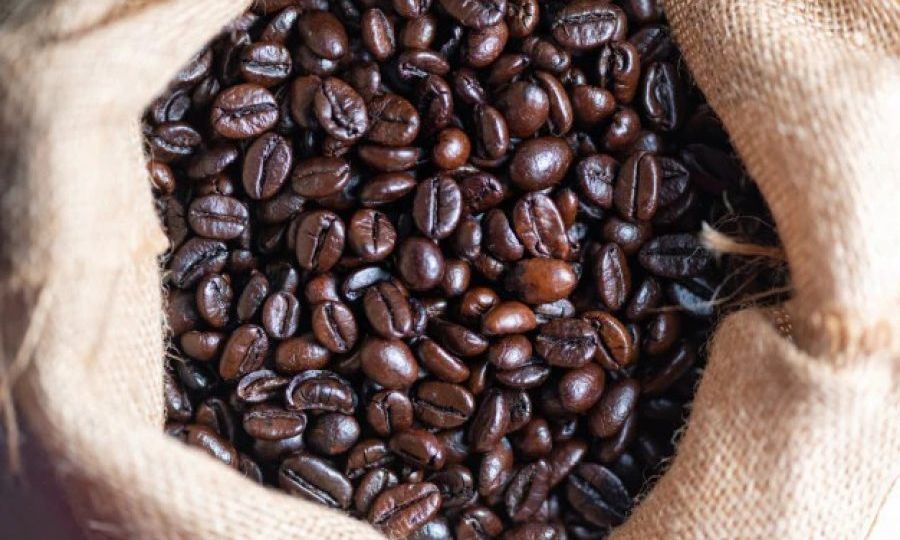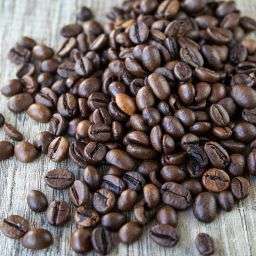
The intriguing relationship between mice and coffee beans sparks a blend of curiosity and concern among pet owners and coffee enthusiasts alike. This article delves into the complexities of mice’s attraction to coffee beans, exploring the sensory allure and potential risks associated with their interaction.
Our goal is to shed light on whether coffee beans serve as a tempting treat or a hazardous substance for these small rodents, providing insights grounded in scientific findings and expert opinions.
Do Mice Like Coffee Beans?
Mice, with their keen sense of smell, may find the aroma of coffee beans enticing. However, the caffeine and oils present in coffee beans pose significant health risks to these tiny creatures. While the protein content in coffee beans could be beneficial, the potential toxic effects of caffeine cannot be overlooked.
The allure of coffee beans to mice is a complex interplay between attraction to their scent and the inherent dangers of consumption.
What Attracts Mice?
Mice are drawn to a variety of smells, particularly those associated with food. Organic materials and foodstuffs, including pet food, dairy products, and rotting fruits, are among the biggest culprits in attracting mice. This predilection for certain smells underlines the importance of maintaining clean living spaces and securely storing food to deter these unwelcome visitors.
In understanding the attraction of mice to coffee beans, it’s crucial to consider the broader spectrum of smells that appeal to these rodents. While coffee beans might offer a temporary allure due to their aromatic qualities, the potential health risks they pose to mice make them an unsuitable choice for consumption.
Ensuring the safety and well-being of mice involves not only being aware of their dietary preferences but also recognizing and mitigating the hazards presented by certain foods.
Physical and Behavioral Impacts
Caffeine, a prominent component of coffee, has a profound impact on mice, manifesting in both physical and behavioral alterations. Studies have demonstrated that while low doses of caffeine can increase locomotor activity in mice, suggesting a temporary boost in energy, higher doses lead to the opposite effect, significantly reducing their mobility.
Furthermore, caffeine intake in mice is associated with heightened anxiety, making them more sensitive to their environment and potentially impairing their ability to perform routine tasks. This heightened state of alertness, while might seem beneficial in the wild, can be detrimental in a controlled environment, leading to stress and behavioral issues.
The Toxicity of Coffee to Mice
The toxicity of coffee in mice is primarily attributed to its caffeine content. Though small amounts might not pose an immediate threat, overconsumption can lead to caffeine overdose, mirroring the symptoms seen in humans, such as tachycardia and, in severe cases, death. This underlines the importance of monitoring and controlling the exposure of mice to coffee beans to prevent accidental ingestion of toxic levels of caffeine.
Ineffectiveness of Coffee Grounds as a Repellent
Despite popular belief, coffee grounds and beans are ineffective as mouse repellents. The mild scent of whole coffee beans does little to deter mice, and even the stronger aroma of freshly-ground coffee fails to repel them effectively. Used coffee grounds are even less effective, as the brewing process significantly dilutes the smell.
This challenges the notion that coffee can serve as a deterrent, prompting the need for alternative strategies to manage rodent populations.
Alternative Repellent Strategies
In the search for effective rodent repellent methods, several alternatives to coffee grounds have been identified. Products containing predator scents, such as fox urine, exploit the natural fear mice have of their predators, serving as a potent deterrent.
Similarly, the strong artificial scents of dryer sheets have been found to discourage mice, making them a simple yet effective tool for keeping rodents at bay. Additionally, mint toothpaste and other strong-smelling substances like clove oil and cayenne pepper can also be used to repel mice, offering a range of options for those seeking to protect their homes from rodent infestations.
These insights into the effects of coffee on mice and the exploration of alternative repellent strategies highlight the complexity of managing rodent populations and the importance of adopting a multi-faceted approach to deterrence.
Clarifying Myths About Coffee Beans as Pest Control
The belief that coffee grounds or beans can repel mice is a common misconception. Research and expert opinions suggest that neither coffee grounds nor whole beans are effective in deterring mice. The scent of coffee, whether fresh, roasted, or used, does not have a significant repellent effect on rodents.
This clarification is crucial for individuals seeking efficient pest control solutions, as relying on coffee as a deterrent could lead to ineffective rodent management strategies.
Consulting with Exterminators
For severe mouse infestations, consulting with professional exterminators is highly recommended. Experts can offer tailored advice and effective solutions, ensuring the safe and humane handling of rodent problems. Their knowledge and experience are invaluable resources for addressing mouse infestations comprehensively.
Safe Handling and Preventative Measures
To prevent mice from accessing coffee beans and other food sources, store foods in airtight containers and maintain a clean environment free of food debris. Regularly inspecting for and sealing potential entry points can also deter rodent access, providing an additional layer of protection against infestations.
FAQs
- Safety of Coffee Beans for Mice: Coffee beans can pose health risks to mice due to their caffeine content, which can be toxic in large quantities.
- Signs Your Mouse May Have Ingested Coffee Beans: Hyperactivity, increased anxiety, or decreased locomotor activity can indicate caffeine consumption.
Conclusion
This article has explored the relationship between mice and coffee beans, debunking myths and clarifying the inefficacy of coffee as a rodent repellent. We’ve discussed the potential health risks coffee beans pose to mice and highlighted alternative, effective repellent strategies.
Armed with this information, readers are encouraged to make informed decisions regarding rodent control measures. By understanding the true nature of mice’s attraction to coffee beans and adopting proven repellent strategies, individuals can effectively manage rodent populations while ensuring the safety of both their homes and the animals involved.









